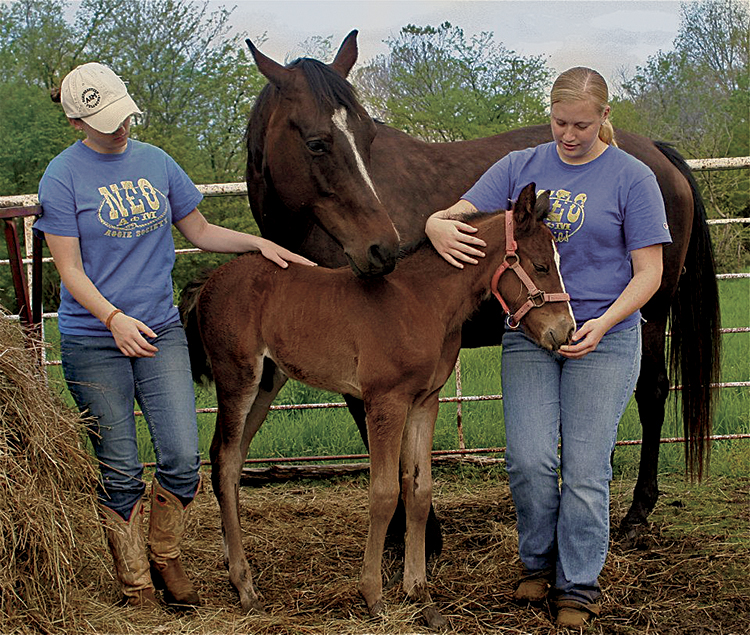Home > Oklahoma > Oklahoma Ag Education > Choosing the Path of Agriculture Studies
Choosing the Path of Agriculture Studies

Even as statistics show fewer Oklahoma farmers, more students study agriculture.
Connors State College in Warner notes a steady growth in enrollment in its agriculture department. Students find promise in agricultural careers for good reason. Jobs outpace the number of qualified graduates, the U.S. Department of Agriculture reports.
“There is a shrinking supply of students whose family makes their living solely from the farming enterprise,” says Dr. Ron Ramming, vice president for academic and student affairs at Connors State College. “More and more of our students are coming from families who have an interest in agriculture or they were active in 4-H and FFA. I think it’s important that we also make sure we tell our students that there is more to agriculture than just cows and plows. Agriculture is a huge, complex industry.”
In fact, students interested in biochemistry, engineering, global markets, nutrition, genetics and natural resources can find a path to those careers through agriculture.
Connors State College provides the first two-year curriculum for almost any agriculture major at a four-year university, Ramming says. The college has added agricultural programs, including natural resources and a beef show team, to attract more students.
Other areas of study include horticulture, plant and soil science, agricultural economics, wildlife ecology, agricultural education, communication and leadership, and more.
Likewise, Northeastern Oklahoma A&M College (NEO) in Miami expanded its specialized offerings within agriculture. Those now include animal science, ag education, ag business and equine. The college also offers degree programs in pre-veterinary science, equine and ranch management, and natural resources ecology management.
“Although college-wide enrollment trended down last year, our enrollment in our ag program trended up,” says Dr. Shannon Cunningham, chairperson of the college’s agriculture department.
Agriculture enrollment climbed 6 percent in 2013-14, when college-wide enrollment declined 3 percent. The college expects another increase in its agriculture enrollment in fall 2014.
“Our students come to us because they have a passion and a love for agriculture,” Cunningham says.
Competitive teams also attract students, who have observed nationally recognized success in livestock, rodeo and equestrian team competitions. About 85 percent of NEO students grew up with an agricultural background or were exposed to agriculture through FFA or 4-H. About 15 percent found their agricultural interest in non-traditional ways or became influenced by the highly visible ag program on campus.



